Lymphatic System
Table of Contents
Overview
Your lymphatic system is a network of organs, veins, and tissues that protect you from infection and maintain a healthy fluid balance throughout your body. Your bone marrow, thymus, and lymph nodes are all lymphatic system organs. Swollen lymph nodes are a symptom of both common infections, such as strep throat, and more serious disorders, such as cancer.
Your lymphatic system is a network of organs, veins, and tissues that collaborate to return a colorless, watery fluid (lymph) to your circulatory system (bloodstream).
Your lymphatic system, as an essential component of your immune system, defends you from infection and kills old or aberrant cells that your body no longer requires. Maintaining proper fluid levels in your body and absorbing lipids and fat-soluble vitamins so they can enter your bloodstream are also duties of the lymphatic system.
Function
What does the lymphatic system do?
Your lymphatic system serves various purposes. Its primary roles are as follows:
Excess fluid from your body’s tissues is collected and returned to your bloodstream. This promotes normal fluid levels in your body. This fluid is also filtered by the lymphatic system, which removes waste products and aberrant cells.
Assisting your body’s fat absorption. Most nutrients can pass through tiny gaps (pores) in the walls of your capillaries and be absorbed and used by your body. Certain lipids and other molecules, however, are too big to transport in this manner. Your lymphatic system gathers and carries fluid from your intestines containing these chemicals back to your bloodstream.
Defending your body against intruders. The immune system involves the lymphatic system. It is responsible for the production and release of lymphocytes (a type of white blood cell) and other immune cells. These cells search for and destroy invaders that infiltrate your body, such as bacteria, viruses, parasites, and fungi.
How does the lymphatic system work?
Every day, around 20 liters of plasma (the liquid component of your blood) travel through microscopic gaps in the thin walls of your capillaries. Consider water leaking from a sponge. Where does this liquid end up? It transports oxygen and nutrients to the tissues surrounding each capillary. The tissues hungrily absorb all the nutrients while leaving behind waste (like a child who finishes their meal but leaves behind a mound of sticky napkins).
The plasma doesn’t mind cleaning up the mess; it picks up the trash and returns to your bloodstream by flowing back through the pores in your capillary walls. Every day, around 17 liters of plasma return to your bloodstream in this manner. Since 20 liters first flowed out of your capillary walls, that leaves 3 liters in your body’s tissues.
This is when your lymphatic system comes into play. This remaining fluid from your tissues is collected by tiny lymphatic capillaries. During its voyage, the fluid’s identity changed: it is now known as lymph rather than plasma. Lymphatic capillaries transport lymph into bigger tubes known as lymphatic vessels.
These veins move the lymph until it reaches one of two major ducts in your upper chest. These are known as your right lymphatic duct and thoracic duct, and they function similarly to freeway on-ramps. They connect to huge veins known as subclavian veins and dump lymph into them. From there, your lymph returns to your bloodstream and can circulate throughout your body once more.
Anatomy
Lymphatic circulation
Because blood plasma spills into tissues via the thin walls of capillaries as blood circulates through the body, the lymphatic system serves as a drainage mechanism. Interstitial or extracellular fluid is the part of blood plasma that escapes and contains oxygen, glucose, amino acids, and other nutrients required by tissue cells.
Although most of this fluid rapidly returns to the bloodstream, a portion of it, along with the particulate matter, is left behind. The lymphatic system takes this fluid and these components from tissues and returns them to the bloodstream via lymphatic vessels, preventing a fluid imbalance that would result in the organism’s death.
The fluid and proteins within the tissues begin their journey back to the bloodstream by passing through microscopic lymphatic capillaries that infiltrate nearly every tissue in the body. Only a few areas are free of lymphatic capillaries, including the epidermis of the skin, mucous membranes, bone marrow, and the central nervous system, but the lungs, gut, These vessels are densely packed throughout the genitourinary system and the dermis of the skin. Once inside the lymphatic system, the extracellular fluid, now known as lymph, empties into bigger channels known as lymphatics.
These vessels join to form one of two enormous vessels known as lymphatic trunks, which are linked to veins at the base of the neck. The right lymphatic duct drains the upper right side of the body and returns lymph to the bloodstream via the right subclavian vein.
The thoracic duct drains the rest of the body into the left subclavian vein via the other trunk. Muscle contractions convey lymph down the vascular system, and valves prevent lymph from going backward. Small masses of lymph tissue called lymph nodes puncture the lymphatic channels at regular intervals, removing extraneous items such as pathogenic germs from the lymph passing through them.
Role in Immunity
The lymphatic system, in addition to acting as a drainage network, protects the body from infection by producing white blood cells called lymphocytes, which help clear the body of disease-causing germs.
The lymphatic system’s organs and tissues are the primary sites for the creation, development, and proliferation of two types of lymphocytes: T lymphocytes and B lymphocytes, also known as T cells and B cells. Even while lymphocytes are present all over the body, the lymphatic system is where they are most likely to come into contact with foreign pathogens.
Lymphatic Organs
Spleen
The spleen is positioned on the left side of the abdomen, right beneath the diaphragm. It is our largest lymphatic organ.
It is made up of a variety of cells, including macrophages, which are the body’s garbage trucks. It also creates and stores a variety of white blood cells, all of which are essential for our body’s defense.
The spleen not only removes germs but also kills old or damaged red blood cells. It can also aid in rapidly increasing blood volume in cases of significant blood loss.
Thymus
The thymus gland is located within the ribcage, right beneath the breastbone. It filters and monitors our blood’s contents. T cells, also known as T-lymphocytes, are generated in the bone marrow and mature in the thymus gland. They then circulate throughout the body to provide immunity and help fight off infections.
Bone Marrow
This is the soft, spongy tissue found in the core of some bones, such as your hip bone, backbone, and breastbone. White blood cells, red blood cells, and platelets are produced by your bone marrow.
Lymph Nodes
Lymph nodes are bean-shaped glands that monitor and purify the lymph that passes through them. They eliminate damaged and cancerous cells. Lymph nodes also house lymphocytes and other immune system cells that target and destroy pathogens such as germs.
There are approximately 600 lymph nodes spread throughout your body. Some are linked together in groups known as chains. Some lymph nodes may be felt through your skin in locations such as your armpits, groin, or neck. Others are located deeper within your body.
Mucosa-associated lymphoid tissue (MALT)
This mucus membrane can be found in a variety of areas throughout your body. It lines your tonsils, lungs, small intestine, and appendix, for example. MALT searches for and eliminates bacteria that could damage you.
Your lymphatic system is a large group. Other important players include you:
Lymph
Lymph, also known as lymphatic fluid, is a collection of excess fluid in your body that drains from cells and tissues but is not reabsorbed by your capillaries. Proteins, minerals, lipids, damaged cells, cancer cells, and pathogens are among the many components found in lymph. Lymphs also deliver white blood cells (lymphocytes) that fight infections.
The lymphatic vessels
Lymphatic vessels are tubes that connect to form a complicated network throughout your body. Lymphatic capillaries are the smallest tubes, and they connect to larger tubes that lead to two main ducts in your upper chest. The pounding of surrounding arteries and the squeezing of neighboring muscles aid in the movement of fluid through your lymphatic channels. These vessels have one-way valves that keep fluid flowing in the appropriate direction.
Duct collection
Two primary ducts in your upper chest drain lymph into your subclavian veins. You have two main lymphatic ducts in your body, the thoracic duct and the right lymphatic duct. These ducts function similarly to freeway on-ramps or merging points when lymph rejoins the circulation.
Adenoids and tonsils
Pathogens are trapped in these structures from the food you eat and the air you breathe. They are the body’s initial line of defense against intruders. Your tonsils are located in the rear of your throat. Your adenoids are located right behind your nasal cavity and are active exclusively during childhood.
Conditions And Disorders
Swollen Lymph Nodes
Lymph nodes can enlarge for two reasons: an immune response to an infection or a direct infection of the lymph nodes. The lymph nodes in the former react when they come into touch with foreign elements from infected tissue.
Lymphadenitis can be caused by a direct infection. In this case, the infection creates inflammation in the lymph nodes, necessitating antibiotic treatment. Most persons with swollen glands due to a cold or flu do not need to see a doctor.
Nonetheless, a person has to get help if they:
- For more than two weeks, lymph nodes remain enlarged.
- A swollen lymph node feels solid or anchored.
- Fever, nocturnal sweats, or unexplained weight loss are accompanied by edema.
Swollen lymph nodes can be a sign of a variety of illnesses, including:
- Glandular fever is a viral infection that can produce long-term swelling, a sore throat, and exhaustion. It’s also referred to as infectious mononucleosis or mono.
- Tonsillitis occurs more frequently in youngsters than in adults. It happens when the lymph nodes in the back of the mouth are fighting an infection, which is mainly viral but can also be bacterial.
- Pharyngitis: This ailment is often known as “strep throat.” It is caused by a Streptococcus bacterial infection and can induce swelling of the lymph nodes.
Lymphoma
It is a malignant condition that affects the body’s immune system and can spread to other parts of the body. It is the deadliest lymphatic illness.
B lymphocytes, a type of white blood cell, are affected by Hodgkin lymphoma.
Reed-Sternberg cells are a kind of lymphocyte that is seen in the blood of people with Hodgkin lymphoma. Non-Hodgkin lymphoma is a kind of lymphoma that does not involve these cells.
Hodgkin lymphoma can spread throughout the lymphatic system. However, Trusted Source lymph nodes in the upper portion of the body, such as the neck, chest, and beneath the arms, are the most usually affected.
Non-Hodgkin lymphoma can develop from either B or T lymphocytes, but it is most frequent in B lymphocytes. Non-Hodgkin lymphomas come in a variety of forms. These can differ in terms of location and aggressiveness.
Lymphedema
Fluid may not drain efficiently if the lymphatic system is not functioning properly. An arm or leg may swell as a result of the fluid accumulation. It is lymphedema.
Skin issues and a tight, rigid feeling of the skin are possible. Fluid may occasionally seep through the skin.
Obstruction can result from:
- Surgery
- Radiation Therapy
- Injury
- A condition known as lymphatic filariasis
- A congenital disorder
Care
How can I keep my lymphatic system healthy?
You should: maintain a robust and healthy lymphatic system.
- Avoid being exposed to harmful chemicals, such as those found in cleaning supplies or pesticides. Your body may become accustomed to these compounds, which will make it more challenging for your body to filter waste.
- Stay hydrated by drinking lots of water to allow lymph to freely circulate throughout your body.
- Keep a healthy lifestyle by engaging in regular exercise and eating a balanced diet. Your healthcare professional can provide you with specialized guidance based on your medical needs and history.
Summary
The lymphatic system is a network of vessels and organs that plays a vital role in the immune system and fluid balance. It consists of a network of lymphatic vessels that carry a fluid called lymph throughout the body. Lymph is a clear, colorless fluid that contains white blood cells, immune cells, and other substances.
The lymphatic system has three main functions:
- Fluid balance: The lymphatic system helps to maintain fluid balance in the body by collecting excess fluid from tissues and returning it to the bloodstream.
- Immune function: The lymphatic system plays a vital role in the immune system by filtering lymph fluid for harmful substances, such as bacteria, viruses, and cancer cells. The lymphatic system also contains white blood cells, which help to fight infection.
- Fat absorption: The lymphatic system helps to absorb fats from the small intestine and transport them to the bloodstream.
The lymphatic system is an essential part of the body’s defense system and helps to keep us healthy. However, it can be damaged by certain diseases and conditions, such as cancer, infection, and lymphedema.
Here are some extra points about the lymphatic system
- The lymphatic system is a one-way system, meaning that lymph fluid can only flow in one direction.
- Lymph vessels are similar to blood vessels, but they have thinner walls and are more permeable. This allows lymph fluid to enter and exit the vessels easily.
- Lymph nodes are bean-shaped organs that are located throughout the body. They act as filters for lymph fluid, trapping harmful substances and cells.
- The thymus, spleen, and bone marrow are also important lymphatic organs.T cells, which are a type of white blood cells, are developed in the thymus gland. The spleen is responsible for filtering blood and lymph fluid for hazardous compounds and cells. White blood cells, including lymphocytes, are produced by the bone marrow.
FAQs
What is the lymphatic system?
The lymphatic system is a network of vessels and organs that helps to remove waste products, fluids, and harmful substances from the body. It also plays a important role in the immune system.
How can I keep my lymphatic system healthy?
There are several things you can do to keep your lymphatic system healthy, including:
Maintaining a healthy weight
Exercising regularly
Eating a healthy diet
Getting enough sleep
Managing stress
Avoiding smoking and excessive alcohol consumption
What are the symptoms of a lymphatic system problem?
Symptoms of a lymphatic system problem can vary depending on the specific problem. Some common symptoms include:
Swollen lymph nodes
Edema in the legs, arms, or other body parts
Fatigue
Fever
Pain
Night sweats
How is a lymphatic system problem diagnosed?
A doctor will likely diagnose a lymphatic system problem based on a physical exam and medical history. They may also order tests, such as blood tests, imaging tests, or a biopsy.
How is a lymphatic system problem treated?
Treatment for a lymphatic system problem will vary depending on the specific problem and its cause. Medication, surgery, or physical therapy may be used to treat the condition.
References
- Professional, C. C. M. (n.d.). Lymphatic System. Cleveland Clinic. https://my.clevelandclinic.org/health/body/21199-lymphatic-system#care
- MacGill, M. (2023, January 6). What does the lymphatic system do? https://www.medicalnewstoday.com/articles/303087
- Lymphatic system | Structure, Function, & Facts. (2023, October 5). Encyclopedia Britannica. https://www.britannica.com/science/lymphatic-system
- Lymphatic system. (n.d.). Better Health Channel. https://www.betterhealth.vic.gov.au/health/conditionsandtreatments/lymphatic-system

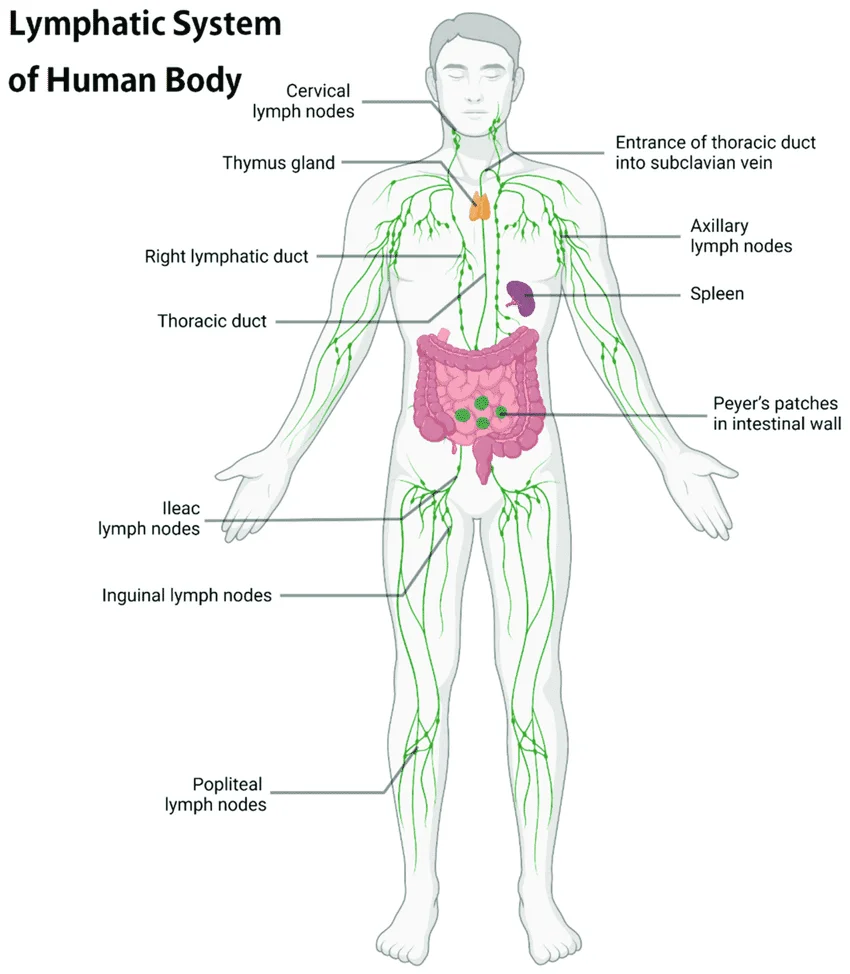
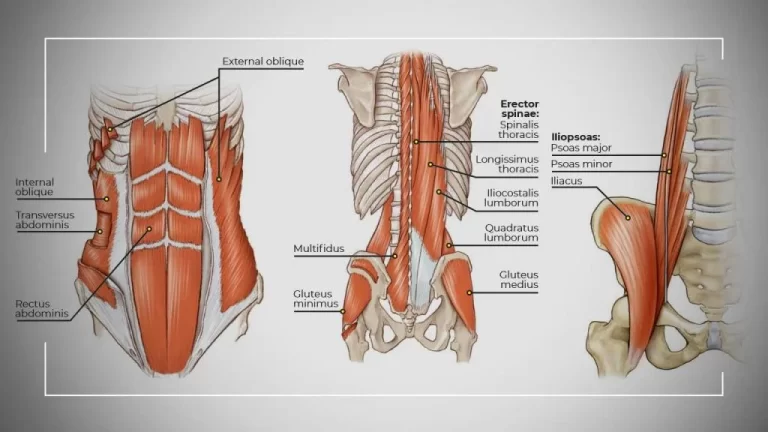
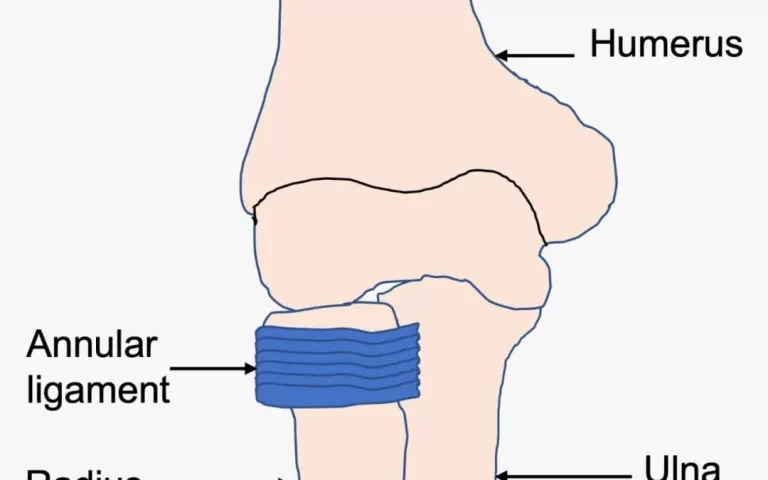
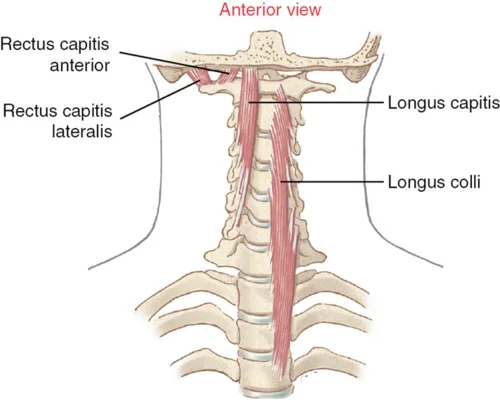
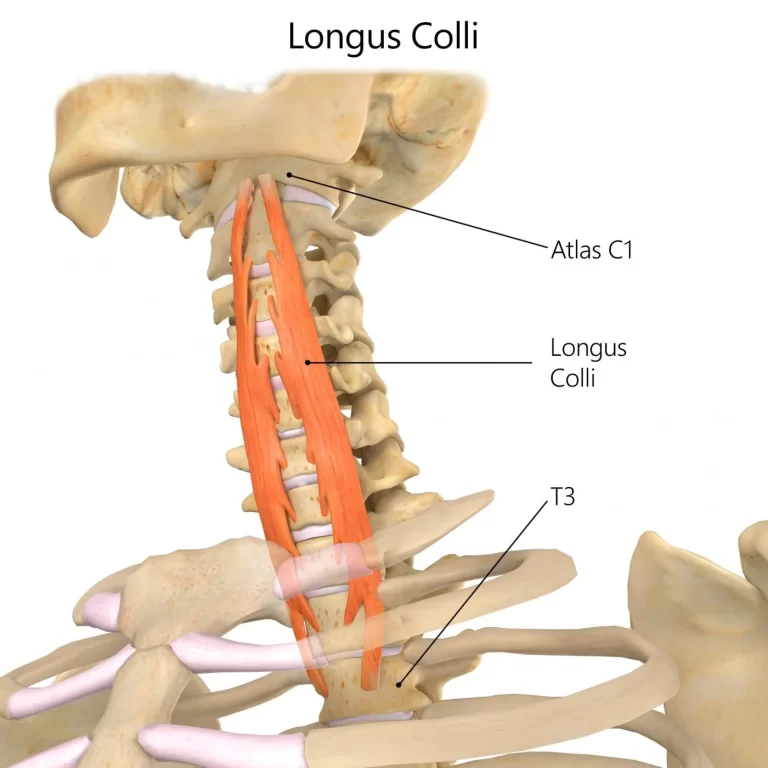
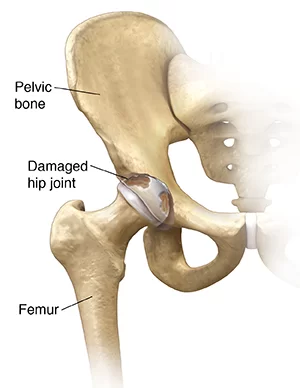

6 Comments